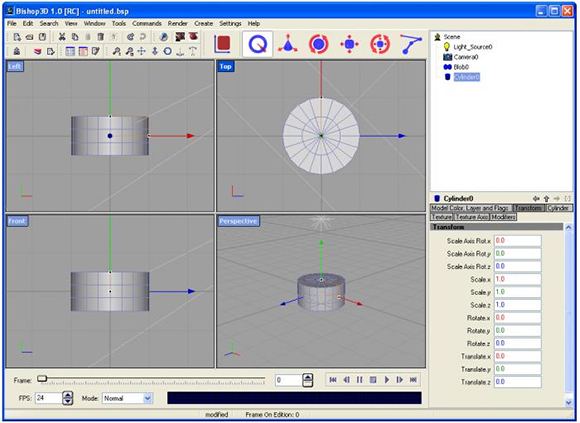

- WHAT IS THE BEST ANIMATION PROGRAM FOR MAC FOR FREE
- WHAT IS THE BEST ANIMATION PROGRAM FOR MAC HOW TO
- WHAT IS THE BEST ANIMATION PROGRAM FOR MAC UPGRADE
- WHAT IS THE BEST ANIMATION PROGRAM FOR MAC PRO
WHAT IS THE BEST ANIMATION PROGRAM FOR MAC PRO
Adobe Premiere Pro has taken over much of Final Cut’s market share usage by professionals after Apple completely revamped the traditional Final Cut interface. The professional level is where choices on the Mac shine, particularly because that’s the only platform you can run Apple’s excellent Final Cut Pro. Other choices at this level include Wondershare Filmora and the free, powerful, and open-source Shotcut. The program tends to offer the best support for new formats and technology, and it was the fastest at rendering our test project of any software included here. A recent arrival in this space is our longtime PC Editors’ Choice-winning video editing application, CyberLink PowerDirector. Other entry-level options (not yet tested by PCMag) are Lightworks and Movavi.Īt the enthusiast level, the old standby is Adobe Premiere Elements, which offers a clear, simple interface and great tutorial content for getting that special effect you’re looking for.

iMovie ties in very well with the iOS version of the app too, letting you pick up on the Mac where you left off with the iPhone.
WHAT IS THE BEST ANIMATION PROGRAM FOR MAC FOR FREE
It comes with Macs for free and it’s impressively capable. The best-known entry-level video editing application for macOS is Apple’s own iMovie. There are three tiers of video editing software for the Mac: the entry, enthusiast, and professional levels. Because of this, you should be generous with yourself when buying a Mac for video editing: It’s an activity that requires both a lot of memory and storage.
WHAT IS THE BEST ANIMATION PROGRAM FOR MAC UPGRADE
Nor will you be able to upgrade the hard drive (meaning the SSD), though that’s long been the case for MacBooks. Some iMacs in recent years let you upgrade RAM, but once Apple moves everything to an Apple Silicon architecture, you won’t be able to do that. Some Mac laptops include a partial touch screen known as the Touch Bar, which may be useful for some video editing procedures, and you can use an iPad as a touch-screen peripheral via the Sidecar feature. That said, Apple has its own inducements, most notably terrific screen options with accurate, wide-gamut colors, not to mention exclusive access to the previously mentioned Final Cut Pro software. It persists despite the fact that Windows systems have long afforded more choices in editing software and more upgradeability in hardware, including for CPUs, GPUs, storage, peripherals, and touch screens. The preference for Macs for video editing seems largely based on the fact that nonlinear video editing on personal computers started with Macs-all the way back on the Apple Macintosh II, to be precise. And Apple itself has long been at the forefront of producing excellent video editing software, with Final Cut Pro for professionals and iMovie for consumers, but there are plenty of capable third-party choices, too, as our guide shows. This no doubt results from Apple's longstanding emphasis on design and creativity. In video editing, as in other creative media arts, there’s a much-noted preference for Apple’s Mac computers, as opposed to Windows, Chrome OS, or Linux–based PCs.
WHAT IS THE BEST ANIMATION PROGRAM FOR MAC HOW TO


 0 kommentar(er)
0 kommentar(er)
